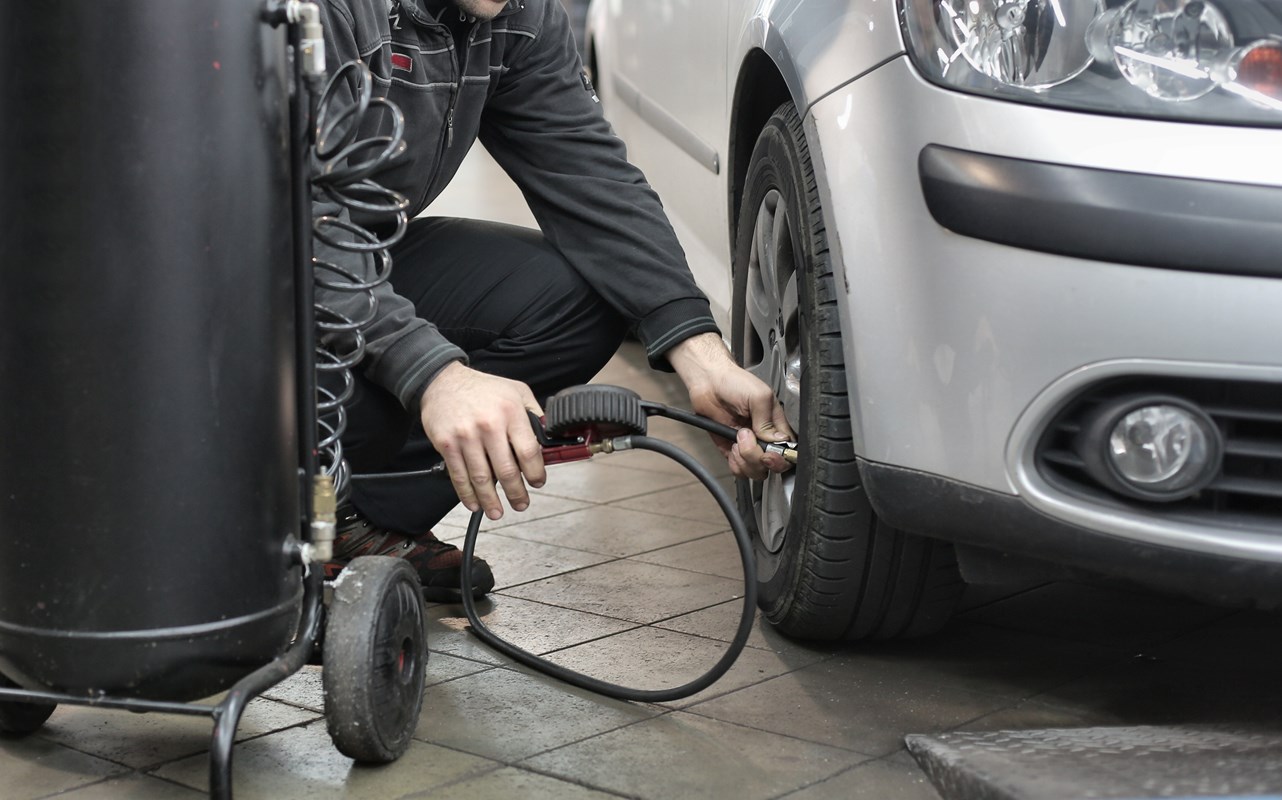Vehicle Maintenance Before You Go
Benjamin Franklin once said, “An ounce of prevention is worth a pound of cure, and that’s certainly true when it comes to regular vehicle maintenance. Simple things such as changing spark plugs, properly inflating tires, and changing the oil at the scheduled times can increase your gas mileage while improving the overall function and lifespan of your vehicle.
Stranded along the side of the road, kicking the tires of a broken down vehicle is a bad time to wonder why that check engine light came on three months ago. The situation is worsened when you’re far from home and don’t know who to call for help. So before heading out on that next trip, make a list and check it twice, and perform these easy tasks to make sure your vehicle is ready for the road.
1. Check the oil, brake fluid, transmission fluid, and all other fluids.
If you do nothing else to prep a vehicle for a trip, at least check these. Low fluids can cause engines to overheat and/or lead to a host of other issues. And while you’re at it, make sure the windshield washer reservoir is full – you’ll need a clean windshield so you can see all those amazing views!
2. Tire check.
Properly inflate your tires and make sure all of them are inflated with equal pressure. Also, make sure your tires are in good condition with sufficient tread. If you’re wondering how much tread is sufficient, do the penny test. Place a penny in the channel of your tire’s tread with Abe Lincoln’s head pointing down. If you’re able to see the top of Abe’s head, then the tire has a tread of 1/16″ or less and would not pass a vehicle safety inspection.
3. Battery check.
Pop the hood and examine the battery terminals. If they look corroded, consider replacing the battery or scrub them with a wire brush (after unplugging the cables!) to remove the corrosion and ensure better contact.
4. Check headlights, brake lights, and blinkers.
It’s no fun cruising down a dark road at night with only one headlight, or getting pulled over because your turn signals don’t work. New bulbs cost only a few dollars and are easy to replace.
5. Update your emergency kit and spare tire.
A good emergency kit should include jumper cables, a flashlight, fix-a-flat, first-aid materials, and anything that might come in handy during a break down. While you’re at it, make sure the spare tire, and equipment used to change the tire, are in good condition.
6. Consider joining a roadside assistance program.
If something does go wrong, it’s nice to know exactly who you can call for help, anytime, anywhere. Check with your car insurance carrier before purchasing anything, though. Many insurance policies already cover things such as towing, rentals, etc.
It’s not pleasant to think of breaking down anywhere, let alone on a road trip far from home. But a few easy maintenance tasks can provide enough peace of mind so that, if misfortune does rear its ugly head, you’ll at least be prepared.

